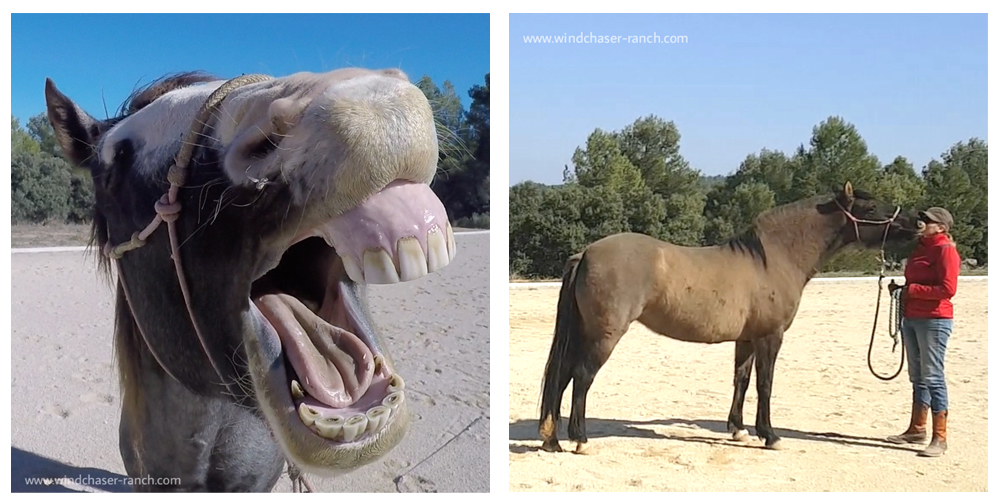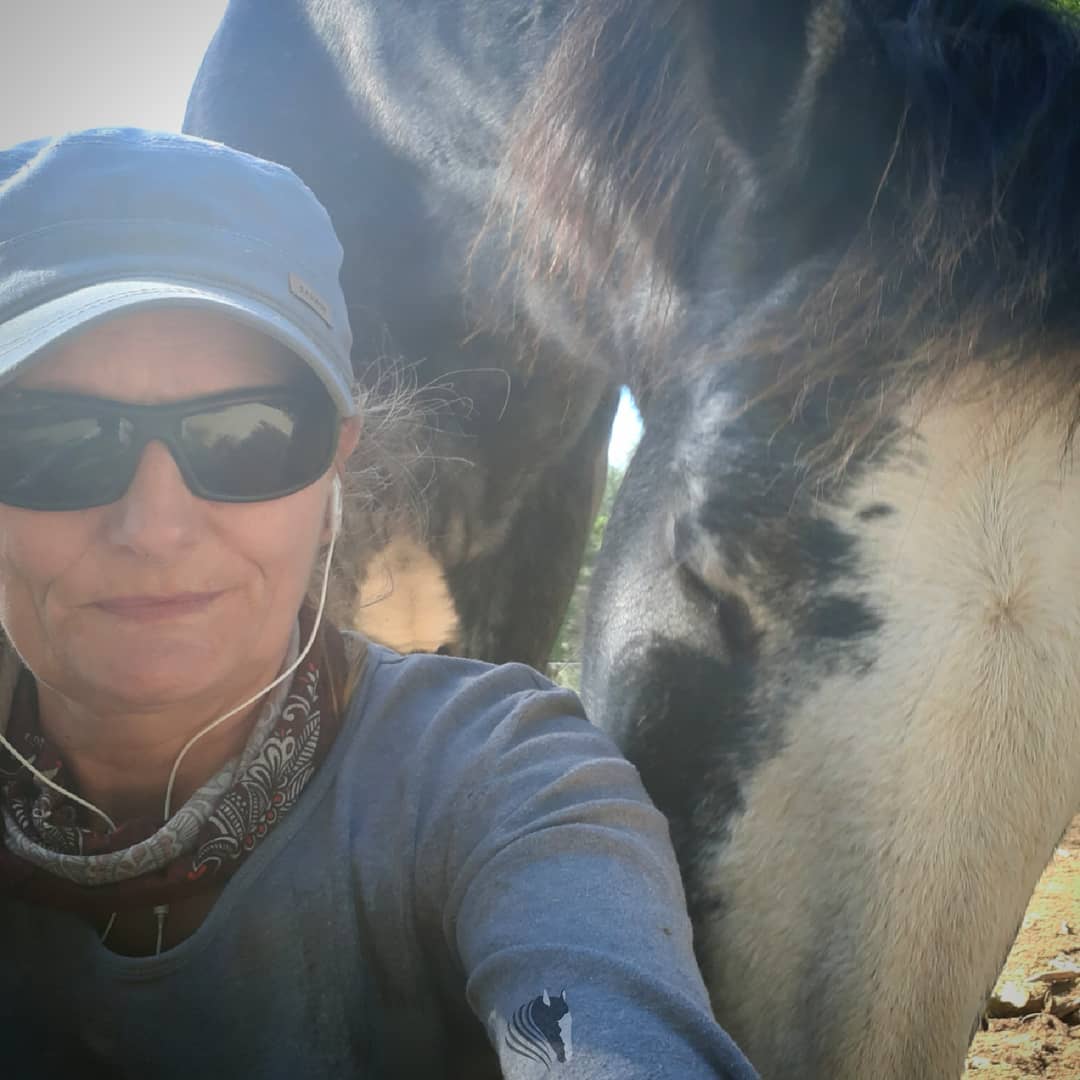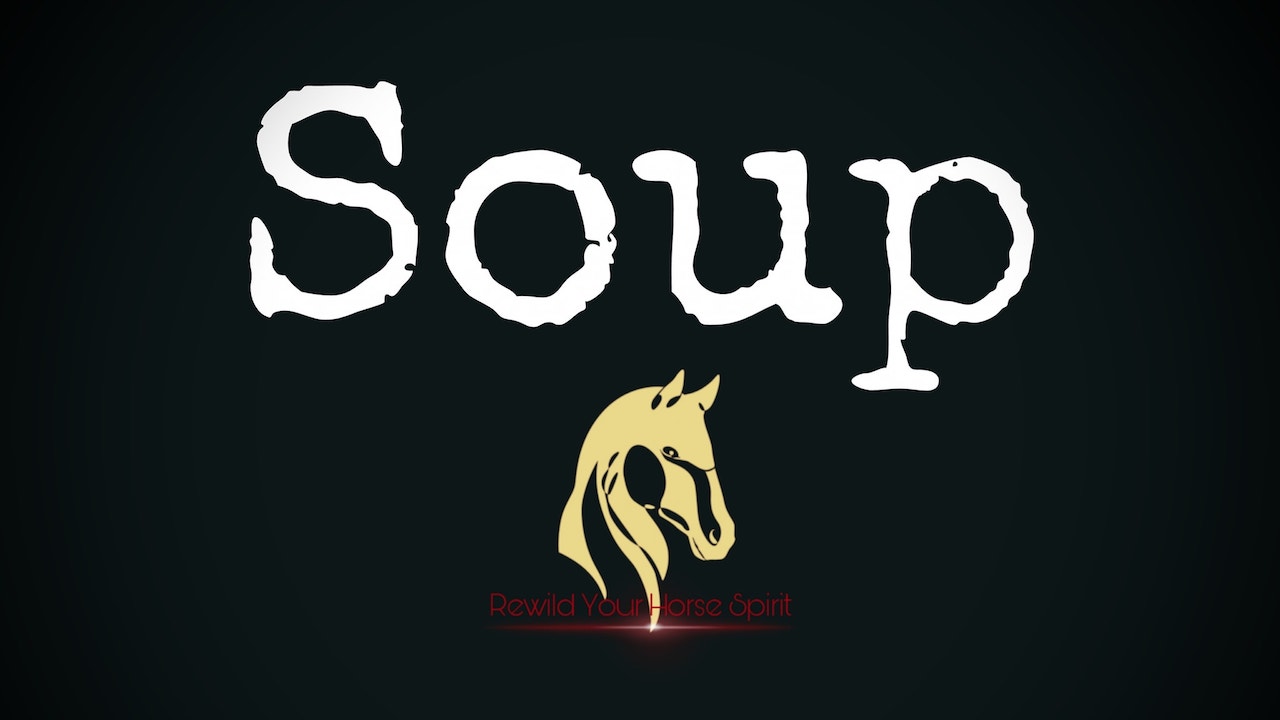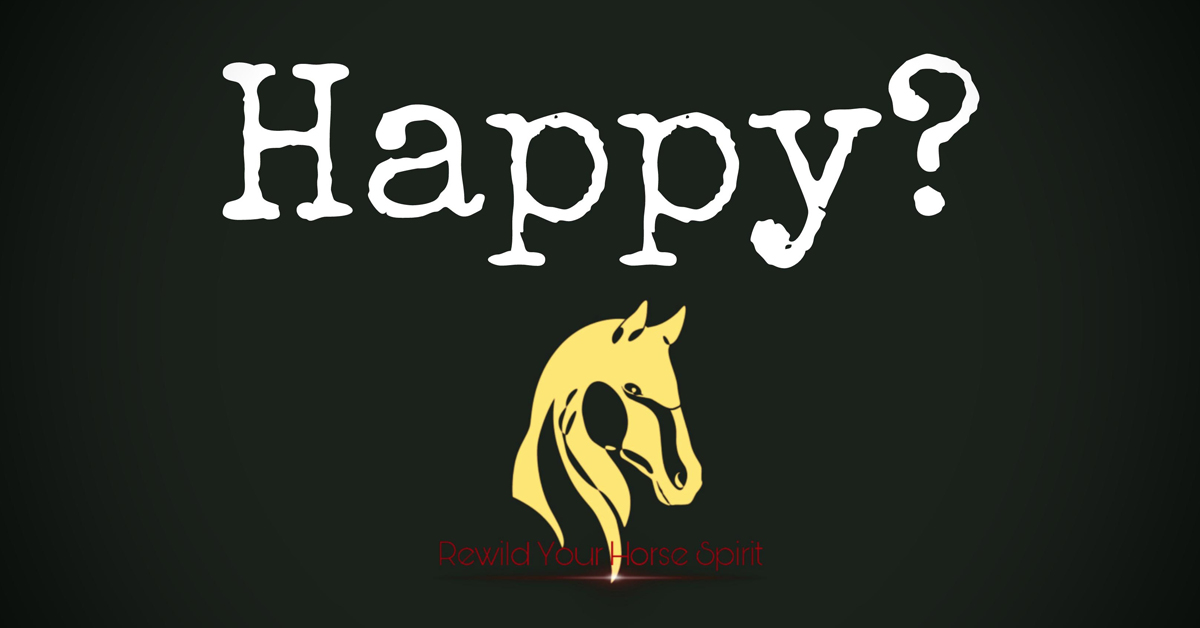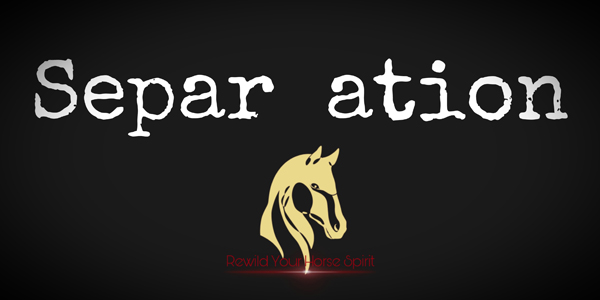While working with the herd I like to find moments of reflection, this benefits both the horses and myself. Allowing them to relax and process what they are experiencing is an important part of our time together. If the tasks have added any anxiety, it’s my duty to ensure they are able to come back down and empty their “worry cup”. Allowing space for them to “marinate”, will increase the potential for absorbing new information.
 Understanding how a horse deals with new information and the consequential reaction to the processing of it, is very important. As stress builds they will move into the sympathetic nervous system. This prepares the body for physical activity and at it’s extreme is often referred to as the fight-or-flight response. As they relax, they return to the parasympathetic nervous system. Having the opposite effect, it relaxes the body slowing many of the high energy functions.
Understanding how a horse deals with new information and the consequential reaction to the processing of it, is very important. As stress builds they will move into the sympathetic nervous system. This prepares the body for physical activity and at it’s extreme is often referred to as the fight-or-flight response. As they relax, they return to the parasympathetic nervous system. Having the opposite effect, it relaxes the body slowing many of the high energy functions.
Each one of the Mustangs react in very different ways to new tasks. They are at different points on their journey, and also each one has such a distinct personality. It would be foolish to expect them to react in the same way.
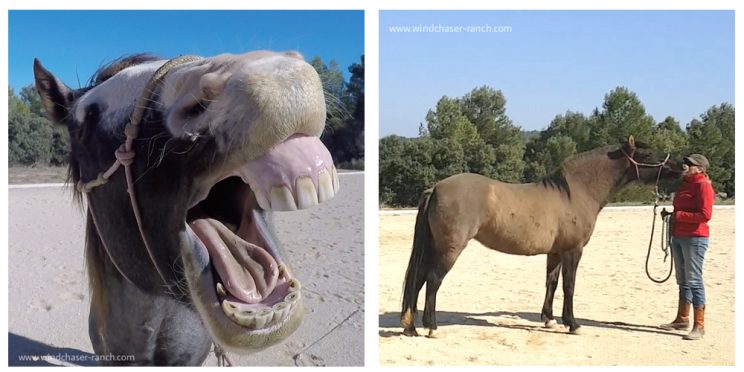 By looking for the signs, such as not blinking, tight jaw, blocking or shutting down (sympathetic), I can get a feel for the tension that may have built up, and the best moment to offer them the release. It is vital I do not place a time scale on it, when they are ready they will discharge accumulated stress, it can’t be rushed. Usually manifesting in licking, chewing and yawning, but sometimes investigation and a closeness (parasympathetic). Once I start I continue until they find the “let go”, and reset.
By looking for the signs, such as not blinking, tight jaw, blocking or shutting down (sympathetic), I can get a feel for the tension that may have built up, and the best moment to offer them the release. It is vital I do not place a time scale on it, when they are ready they will discharge accumulated stress, it can’t be rushed. Usually manifesting in licking, chewing and yawning, but sometimes investigation and a closeness (parasympathetic). Once I start I continue until they find the “let go”, and reset.
For me it is an integral part of our development together. By using this time to relax with them, almost like a mutual meditation session, I can open channels of silent communication. It clears the way for better understanding, for both of us, improving focus.
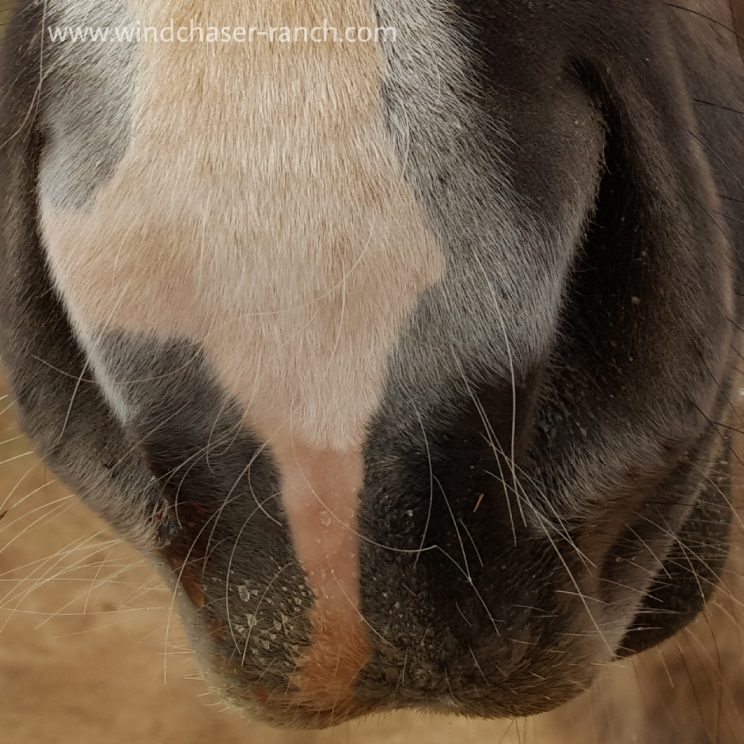 An important element is breathing. Steady breathes help connection by slowing down and grounding energy, so simple and yet often overlooked. I take a slow in breath through my nose as if I am smelling a flower, for focus, and a more profound out breath through my mouth as if I am blowing out a candle, to release. I find that the more I practice this technique, the closer I feel to the horses. Eventually they will join me and share the breath, breathing in rhythm. This has become an integral part of all training sessions with both the Mustangs and the horses I work with.
An important element is breathing. Steady breathes help connection by slowing down and grounding energy, so simple and yet often overlooked. I take a slow in breath through my nose as if I am smelling a flower, for focus, and a more profound out breath through my mouth as if I am blowing out a candle, to release. I find that the more I practice this technique, the closer I feel to the horses. Eventually they will join me and share the breath, breathing in rhythm. This has become an integral part of all training sessions with both the Mustangs and the horses I work with.
Apache is a horse that requires a lot of processing time, he needs to empty his “worry cup” repeatedly.. It takes a while, and more often than not the time I spend on relaxation is longer than the ask. Our recent session was quite intense, working towards getting him comfortable with the halter, using +R and clicker training. We had made great strides but at the end he was obviously processing a lot of information.
 I could see from his fixed eyes and clenched jaw he needed to release. As he began to process, he chewed and licked as anticipated, but then something quite unexpected happened. He began to sway and after a few moments he laid down and fell asleep! Apache has never laid down with people present, ever, and certainly not with 2 people in the round pen, a spectator and cameraman.
I could see from his fixed eyes and clenched jaw he needed to release. As he began to process, he chewed and licked as anticipated, but then something quite unexpected happened. He began to sway and after a few moments he laid down and fell asleep! Apache has never laid down with people present, ever, and certainly not with 2 people in the round pen, a spectator and cameraman. 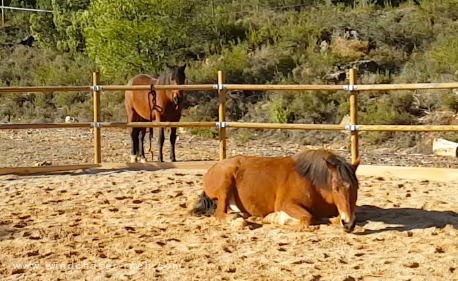
It felt like such a pivotal moment, and far to important to interrupt, I left him to relax and sleep for as long as he needed. He was down for quite a while, and in that time he raised his head chewed and went back to sleep a couple of times. Eventually he got up and wandered over to us with soft eyes as if to say “I needed that”. It was a beautiful moment to share.
Never underestimate the power of relaxation, always finish on a positive note and build on your relationship; always.
NOTES – I would highly recommend the book “Evidence Based Horsemanship” (Dr. Stephen Peters and Martin Black) if you are interested in finding out more about the sympathetic and parasympathetic nervous systems and how horses learn during rest.

